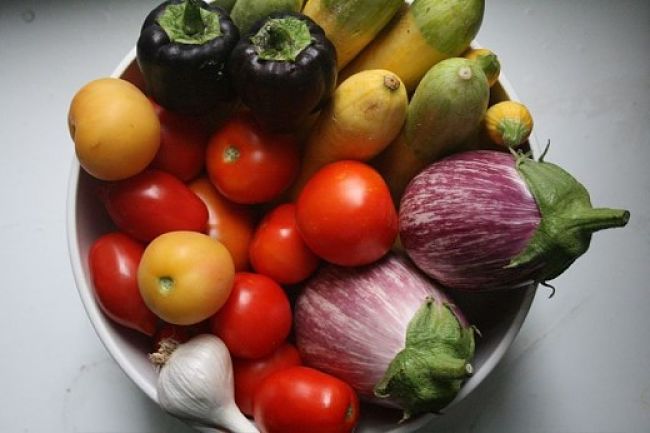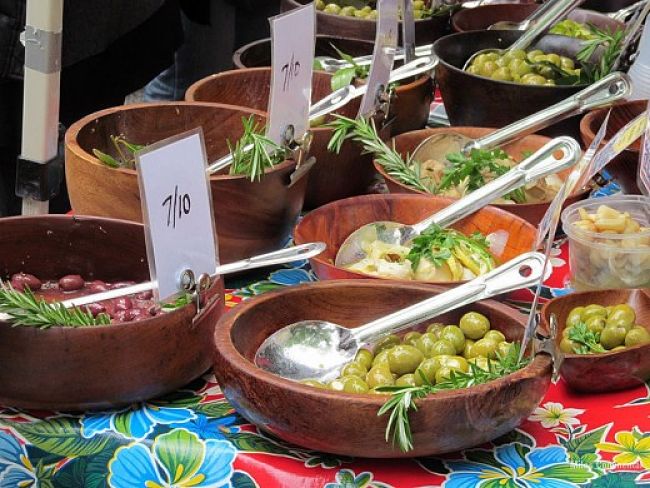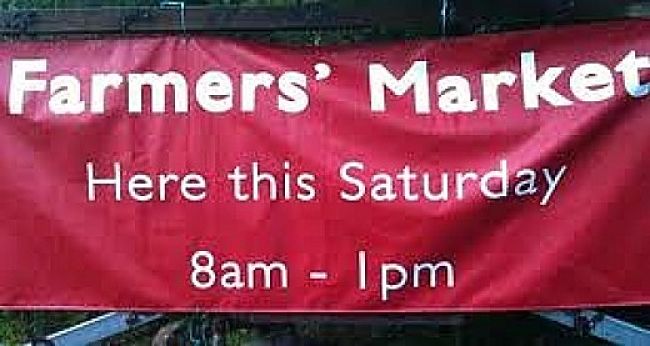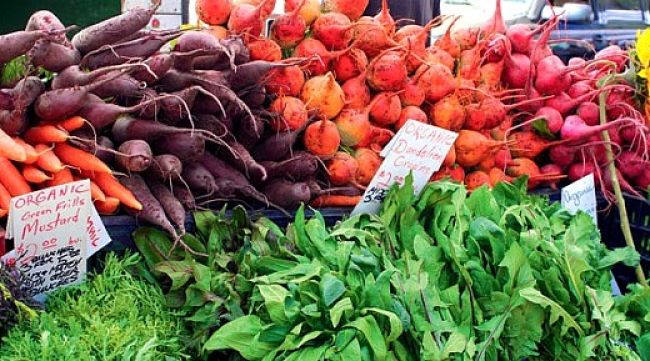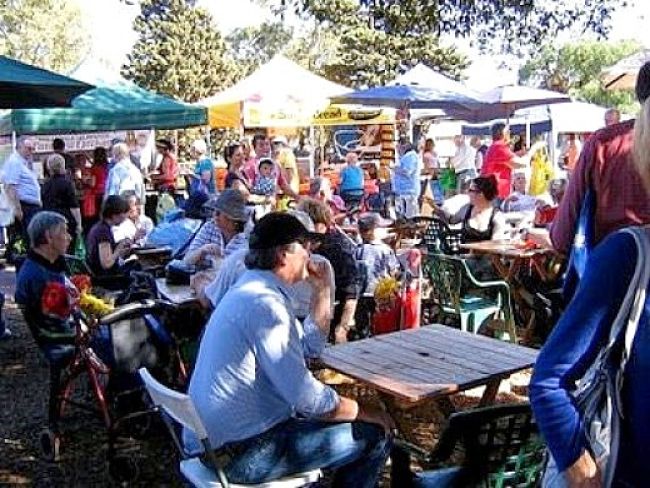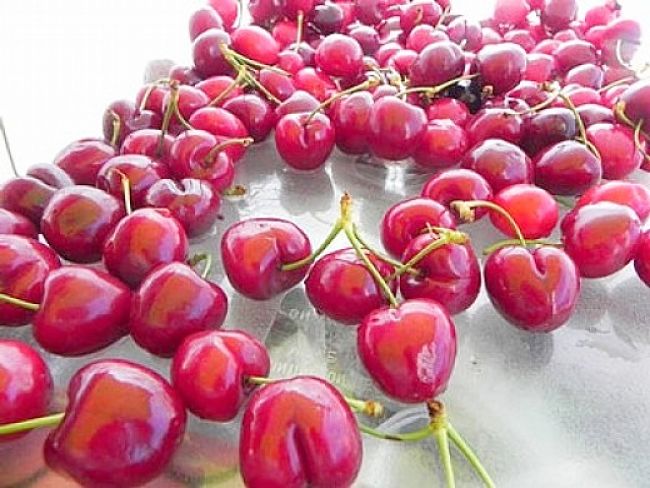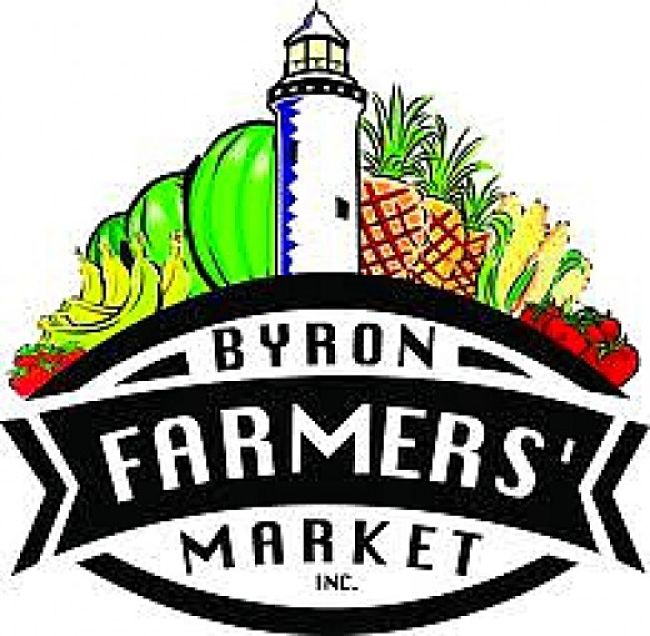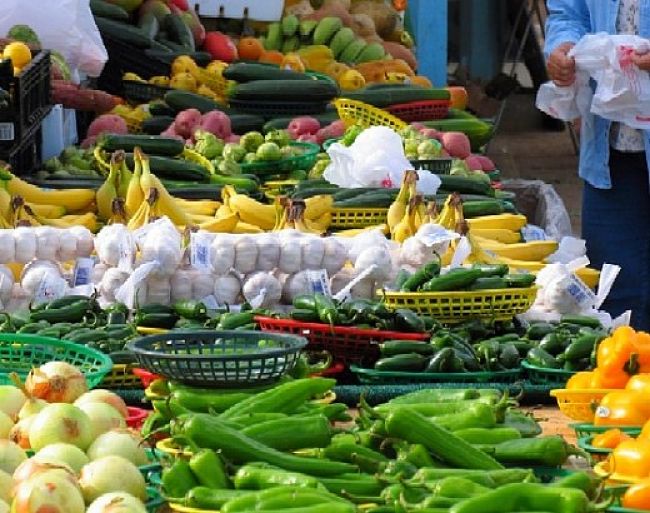Farmers Markets - Fake, Fraud or Fabulously Fresh Food?
Agritourism is a growing industry which includes Organic Farming, Farmers Markets and Permaculture that are all part of a process of people taking back control of their food supply and economic destiny. But, have you ever questioned whether the produce you buy at your local farmers market really fresh, grown locally and free of pesticides? How can the stall owners reliably supply fruit and vegetables out of season, or out of their normal cropping period.
Recent surveys at the Southern California farmers markets have highlight some of these problems:
- Produce not grown locally,
- produce not grown by the stall owner, and
- untrue claims that the produce was pesticide-free.
Ironically the claims that the produce is ripe and fresh may mean that chemical use has to increase because ripe produce is more vulnerable to pests. A friend I knew worked on a tomato farm that supplied fresh red and ripe tomatoes to the farmers market in Canberra Australia. He regularly had a week off just before harvest, because the pesticides used to prevent insect attack on the ripe tomatoes were so toxic that all the workers abandoned the farm!
So, this article discusses the pros and cons of buying fresh produce from farmers or community markets
Farmers Markets - Fact and Fiction
The report on the Southern California farmers markets tested five boxes of strawberries that the stall-owner claimed were pesticide-free.
Lab tests found pesticide residues in three of the boxes.
Most food sold at farmers markets lives up to the claims made by the stall owners who are genuine, and generally the organisers make regular checks and the stall owners are well know by their customers.
Any false claims mean that the stall owner is asked to leave the market.
But how do you ensure that you are getting genuinely locally produced, pesticide-free produce when you visit your local farmers market? Below is a checklist.
► Check the Code of Conduct of the farmers market ask the organisers about the checks they conduct to ensure authenticity.
► Avoid road-side stalls, and even on-farm stalls that you do not know are reliable and genuine.
► Don't assume that the produce is grown on the farm - it may be trucked in from local city markets
► Know your local season, when local produce will be harvested. Avoid out of season produce.
► Get to know the stall owners you buy from, and ask them many specific and detailed questions, if in doubt.
► Ask for the exact location and address of the farm where the produce or goods are grown and exactly when it was harvested and kept fresh.
► If the stall holder claims 'pesticide free' status ask them how they control pests on their crops without using chemicals. Ask them exactly when the produce was harvested. If the farmer will not give you specific answers, or appears to be unwilling to answer your questions, you should walk away.
► Check the Charter for the Farmers Market and that the principles are properly applied.
Elements of a Good Charter of Practice for a Farmers Market
1.Definition
An authentic Farmers Market predominantly sells locally produced and fresh food and produce regularly at a public location which enables local farmers and food producers to sell their farm grown and produced goods and produce and associated value-added primary products directly to customers.
2.Community Ownership
Farmers Markets should ideally be run on not-for-profit principles and be community or local government based. The recommended structure for the management group is one that includes managers, nominated representative stallholders, and committed community stakeholders.
3.Produce for Sale
The key objective should be to sell and promoting local fresh food, produced within season, and other local farmer's products. Vendors at the market should sell fresh food, primary produce (including small animals and livestock) and value-added and processed edible produce such as jams and preserves, wine and olive oil, etc. Self propagated plants, cut flowers and herbal products may be included, but must be sold by the person who grows them.
4.Authenticity
Farmers' Market management groups are expected to endorse and operate under the principles of an authentic Farmers Market for the area or region. The group such conduct regular checks to ensure authenticity and have processes in place to deal with complaints and queries. All produce must be sold by the farm based employee, person or family member who is directly involved with rearing, growing, rearing, catching, or making the product.
Resellers are generally not permitted to be vendors at a Farmers Market unless their status is clearly stated. Weights and measures should be accurate and the scales compliant with local regulations. Pricing must be clearly displayed. The origins of the produce have to be clearly and prominently displayed, certifying where the products are grown, the address, the identity of farmer, the processor or food manufacturer and preferably the harvest date, and use by date.
5.Geographical Boundaries
At the discretion of individual markets, regional boundaries may be defined and applied to vet stall owners to ensure vendor eligibility. The boundaries may be defined by geographic boundaries, local government boundaries or existing food marketing or local economic development boundaries.
6.Variety of Vendors
Farmers Markets should offer a broad range of diverse and seasonally fresh produce and value added products and should aim more than 75% of stall holders selling local produce, and non-local stalls clearly labelled. Local growers should be given preference.
7.Produce Quality
Farmers Market stallholders should be certified as selling fresh, seasonal, high quality and regional produce, and boutique or high standard processed, or value-added food products.
The management should ave mechanisms to check and deal with complaints and remove stallholders that do not comply. Food cooked for sale at the market (including the preparation of samples or food or wine for tasting) must be of consistent highest quality and wherever possible use the market vendor produce. The food preparation, storage and display must comply with food safety requirements and regulations.
8.Pricing
Farmers Markets aim to in form and educate consumers on the true value of the cost of production of food and encourage genuine competition to keep prices down and represent true value. Vendors are required to offer all produce at fair, and market driven prices that reflect the quality and special nature and value-added features of the goods sold. The total product price should to be clearly marked, including any local taxes that may apply.
9.Labelling
All products should be clearly labelled and identified. All value added produce should be labelled appropriately and comply with all applicable food safety regulations. Quality levels or status should be clearly designated and displayed. Only officially certified organic produce should be labelled and sold as organic. Sellers who claim organic, or other specific status, for their produce should display their official certification at their stall.
10.Policy and Information
The Farmers Market operators and their operational procedures should be publicly available, and accessible at the markets.
11.Regulation
Farmers Markets must only operate in full compliance with the applicable government and community regulations including health, food, weights and measures, occupational health and safety, public and product liability, and applicable local government requirements.
12.Insurance
Stallholders and Farmers Market management should have adequate insurance cover and public liability insurance or should provide this for the stall holders. Safety rules and displays must be clearly shown. The Farmers' Market manager must ensure all the individual stallholders have appropriate product and public liability insurance.
13. Checking and Monitoring
The Farmers Market operators should have processes and procedures in place to conduct regular checks of the authenticity and specific claims of the stall owners. Mechanisms to deal with queries and complaints should be clearly defined as well as the procedures for dealing with offences and appeals.
14. Application Forms and Verification
Applying stallholders should be asked to provide a summary of their background and products to the Market Manager for pre-vetting prior to lodging a formal application. This summary should include where their farm is located, who they are and how they relate to the producer, what they produce or process, how big are they, how they are licensed and what experience and qualifications they have.
If they meet the market rules and there is space available, they would then be invited to submit a full application.
The rules for stall holders should be clearly stated.
Generally this should include advice that the Farmers Market is strictly for local farm produce. That it does not permit general consumer or imported products and items, craft, 'trash and treasure' or craft stalls, clothing and re-selling of wholesale goods.
The Market operates under strict, but simple rules of credibility, authenticity, true-value and sustainability.
Stalls must have their identity and status clearly labelled with the stallholder name of the stallholder, and the name and address of the producer, and where the products were grown. All products must be fresh.
All stallholders must have applicable insurance cover. Local health and safety, fair-trading and all other local and regional laws must be fully complied with, including all rules relating to the labelling of products such as ‘chemical free’, ‘organic’, and others.
To maintain the authenticity of the market, a panel of 12 or more producers with experience with a wide range of products should to be established to advise the Market on authenticity and verification issues, and related policy issues, on-going development, and rules and to deal with potential infringements.
